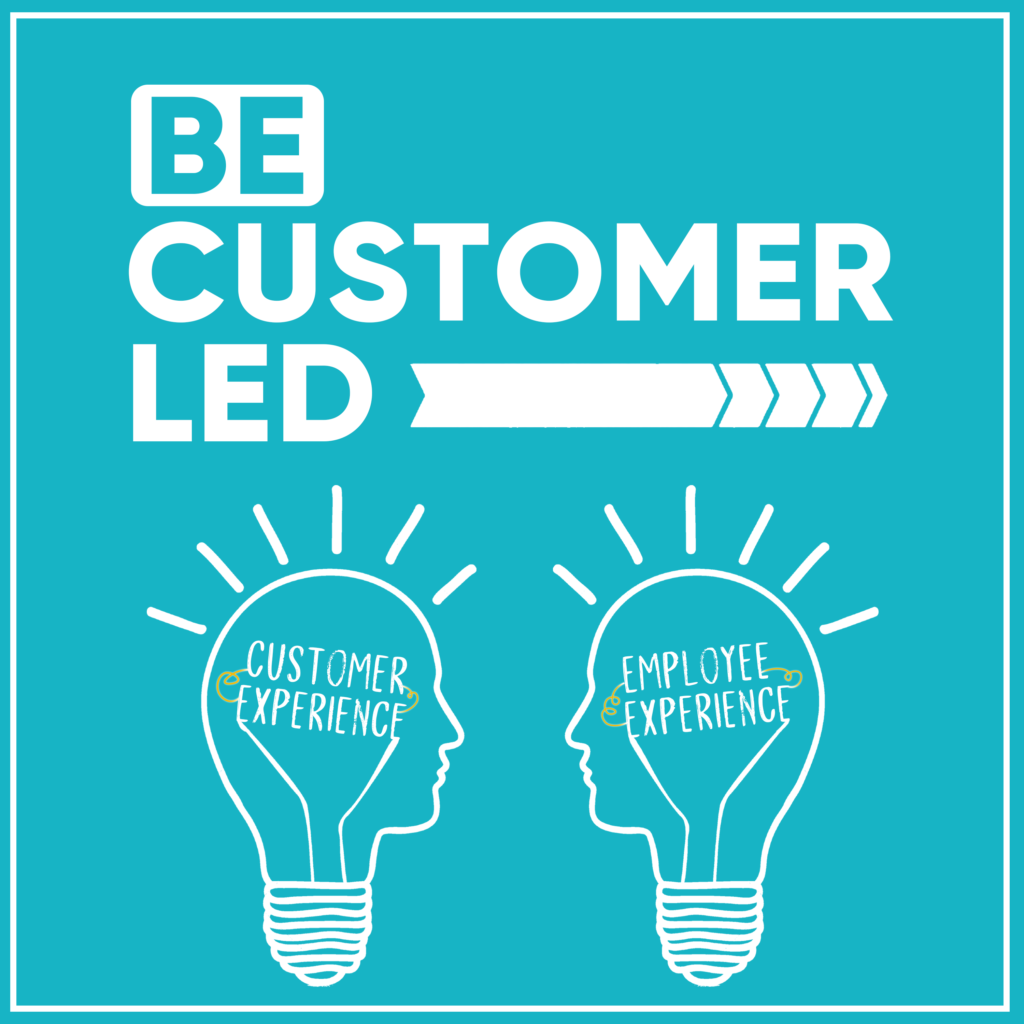Last year, and to some extent, 2021, have been very stressful for so many. The pandemic has not only shaped us as individuals, but it will be a defining cornerstone for many generations as well. I think of my own family, with Generation Alpha aged children, or those born between 2010 and 2024, and how the pandemic will change them forever.
And while many have and will suffer from post traumatic stress disorder because of the pandemic, there will be others that experience post traumatic growth (PTG) too. What’s PTG? I found myself asking this question too after the term was introduced to me a few months back.
PTG is when you experience a traumatic event, but experience a positive change as a result. For example, this might be a new appreciation for life, a newfound sense of personal strength, or a new focus on helping others. The theory was developed by psychologists Richard Tedeschi, PhD, and Lawrence Calhoun, PhD, in the mid-1990s, and holds that people who endure psychological struggle following adversity can often see positive growth afterward.
“People develop new understandings of themselves, the world they live in, how to relate to other people, the kind of future they might have and a better understanding of how to live life,” says Tedeschi. For myself, I started a podcast, a mentoring platform, and started writing about customer and employee experience because I wanted to help people my professional discipline.
So if we can experience growth after an event like a pandemic, it got me to thinking: how can i activate that growth?
Before I get there though, it’s important to highlight that there are two traits that make someone more likely to experience PTG. These are “openness to experience” and “extraversion.” Individuals who are more open to experience are also more likely to reconsider their belief systems. Similarly, extroverts are more likely to be more active in response to a trauma and seek out connections with others. The latter was difficult to do during the height of the pandemic, but I know I was always on the search for more human connection, even if over Zoom!
In addition to openness and extraversion, being optimistic and being oriented toward the future also predispose you to the possibility of experience PTG. There is also research out there that highlights the possibility of genetic disposition; however, I am not sure genetics drive optimism and having an eye toward the future.
So let’s revisit the question: how can I activate PTG? In the 1996 Journal of Traumatic Stress, Tedeschi and Calhoun published the five (5) areas of a PTG Inventory. These are: Appreciation of Life, Relationships with Others, New Possibilities in Life, Personal Strength, and Spiritual Change. In the past 18 months or so since the pandemic started, I have personally experience positive change across four-out-of-five of these areas. And I am grateful for that every. single. day.
This got me to thinking about my role as the leader of a Customer Experience team. Specifically, how am I thinking about the five areas to support my team in a way that they can positively come out of the pandemic with a more positive view of what’s to come.
First, having a clear objective for the year and helping people understand how they play into achieving team goals is critical. Second, helping making connections and new partnerships across the organization is another critical step, particularly when thinking about “Relationships with Others” and how we can engage positively with others. In addition, providing feedback on where individuals are leveraging their strengths for positive change across the organization is yet another potential avenue to explore.
But there is something else to think about. Can we create experiences that can influence the possibility of PTG? Or how can we use the PTG Inventory as a guide to create experiences that drive better, more positive outcomes for our customers?
When I think about designing experiences, I think about satisfying higher-order objectives for customers, or those behind wants and needs expressed. Additionally, we can look to re-frame an identity perhaps lost due to the pandemic through experiences that are easy, useful, and enjoyable. Great designers will think about influencing emotion through design and can drive happiness through design, as an example. Moreover, designers can create experiences that are stress free. If you’re already suffering, feelings and emotions that stem from poor design can further drive those negative feelings or emotions.
When psychologists are working with individuals suffering from post traumatic stress disorder, or PTSD, they can raise the possibility of PTG as an outcome of the trauma, and that this is a fairly normal process if trauma occurs. But this also has to be raised at the right time – not too early and not too late.
So what is the right time? I am no psychologist, and it has been about 30 years since my Psych 101 course in college. But perhaps as we emerge from the pandemic with businesses opening up, and some companies planning for a return to work, there is an opportunity to explore the conversation. Perhaps we are even too late. i don’t know. But I do like to think that we can start to reframe experiences in the context of Appreciation of Life, Relationships with Others, New Possibilities in Life, Personal Strength, and Spiritual Change.

